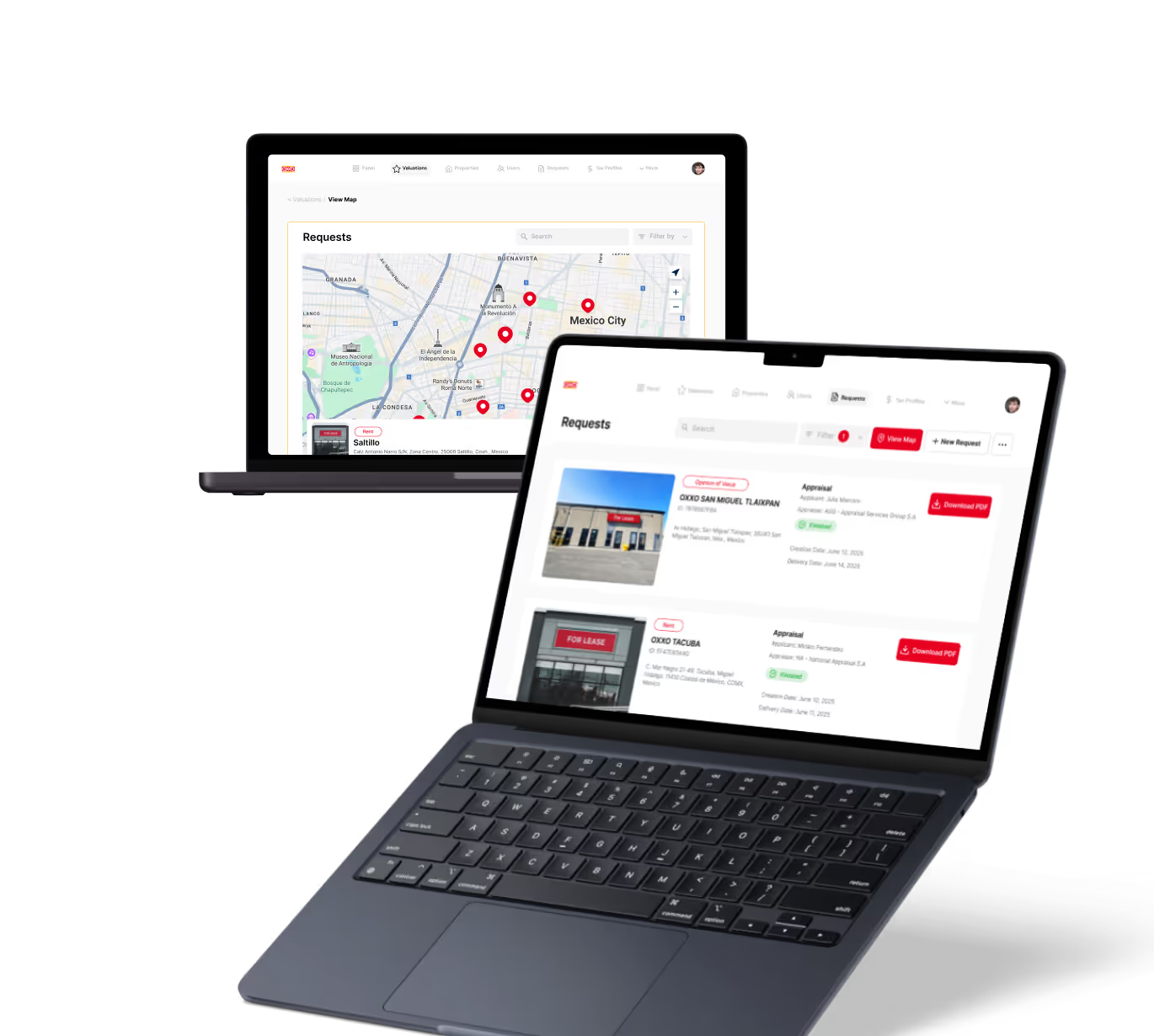Agile in Product Management
Product Management
Explore how Agile transforms product management with flexible planning, faster delivery, and customer-focused development.
Introduction to Agile in Product Management
When you manage products, staying flexible and responsive is key. Agile in product management helps you adapt quickly to changes and deliver value faster. It focuses on collaboration, customer feedback, and iterative progress.
In this article, you will learn how Agile works in product management, why it matters, and how you can apply it to improve your product development process. Let’s dive into the core ideas and practical steps.
What is Agile in Product Management?
Agile is a way of working that breaks projects into small parts called iterations or sprints. In product management, Agile means planning and building products step-by-step, with frequent reviews and adjustments.
This approach helps teams respond to customer needs and market changes quickly. Instead of following a fixed plan, Agile encourages continuous learning and improvement.
- Focus on delivering small, usable features regularly
- Collaborate closely with customers and stakeholders
- Adapt plans based on feedback and data
- Encourage teamwork and open communication
Key Agile Practices in Product Management
Agile product management uses several practices to keep work organized and efficient. These include:
- Backlog Management: Prioritize features and tasks in a product backlog that evolves over time.
- Sprints: Work in short cycles, usually 1-4 weeks, to deliver parts of the product.
- Daily Standups: Quick team meetings to discuss progress and challenges.
- Retrospectives: Regular reviews to learn what went well and what to improve.
- User Stories: Descriptions of product features from the user’s perspective to guide development.
Tools like Jira, Trello, and Monday.com help manage these practices effectively. No-code platforms like Bubble and Glide also support Agile by allowing quick changes and testing.
Benefits of Using Agile in Product Management
Agile offers many advantages for product teams. It helps you deliver better products faster and with less risk. Here are some key benefits:
- Faster Time to Market: Deliver features quickly and get feedback early.
- Improved Customer Satisfaction: Involve customers in the process to build what they really need.
- Better Team Collaboration: Encourage open communication and shared goals.
- Flexibility: Adjust plans easily when priorities change.
- Higher Quality: Continuous testing and feedback reduce errors.
For example, a startup using FlutterFlow to build their app can release new features every two weeks, gather user feedback, and improve the product without heavy coding.
Challenges When Applying Agile in Product Management
While Agile is powerful, it can be challenging to implement well. Common issues include:
- Resistance to Change: Teams used to traditional methods may struggle to adapt.
- Poor Communication: Agile requires constant collaboration, which can be hard remotely.
- Unclear Priorities: Without clear goals, the backlog can become confusing.
- Overcommitment: Trying to do too much in one sprint reduces quality.
To overcome these, focus on training, clear roles, and using tools like Make or Zapier to automate workflows and keep everyone aligned.
How to Implement Agile in Your Product Management Process
Starting Agile doesn’t have to be complicated. Follow these steps to begin:
- Educate Your Team: Share Agile principles and benefits.
- Define Roles: Assign a product owner, scrum master, and team members.
- Create a Product Backlog: List all features and tasks prioritized by value.
- Plan Your First Sprint: Choose a small set of tasks to complete in 1-2 weeks.
- Hold Regular Meetings: Daily standups, sprint reviews, and retrospectives.
- Use Agile Tools: Adopt software like Jira or Trello to track progress.
By starting small and improving continuously, you can make Agile a natural part of your product management.
Real-World Examples of Agile in Product Management
Many companies use Agile to stay competitive. For instance, Spotify uses squads and tribes to organize teams that work independently but align on goals. This helps them innovate quickly.
Another example is a SaaS company using Zapier to automate customer onboarding tasks. This reduces manual work and speeds up delivery of new features based on user feedback.
No-code tools like Glide allow product managers to prototype and test ideas rapidly, making Agile cycles shorter and more effective.
Conclusion: Embracing Agile for Better Product Outcomes
Agile in product management is more than a method; it’s a mindset. It helps you focus on delivering value, learning from customers, and adapting fast. By using Agile, you can build products that truly meet user needs.
Whether you are a startup founder or part of a large team, Agile can improve your workflow and results. Start small, keep learning, and watch your product management become more effective and enjoyable.
FAQs
What does Agile mean in product management?
How does Agile improve product development?
What are common Agile practices used by product managers?
Which tools support Agile product management?
What challenges might teams face when adopting Agile?
How can I start implementing Agile in my product team?
Related Terms
See our numbers
315+
entrepreneurs and businesses trust LowCode Agency
Investing in custom business software pays off
We were managing property valuations across multiple brands, and the complexity was overwhelming our traditional processes. Every day of delay in property evaluation meant potential lost revenue and competitive disadvantage.
15,000+
property valuations managed through centralized platform
40%
reduction in valuation processing time

J.Antonio Avalos
,
Product Manager Lead
OXXO



%20(Custom).avif)